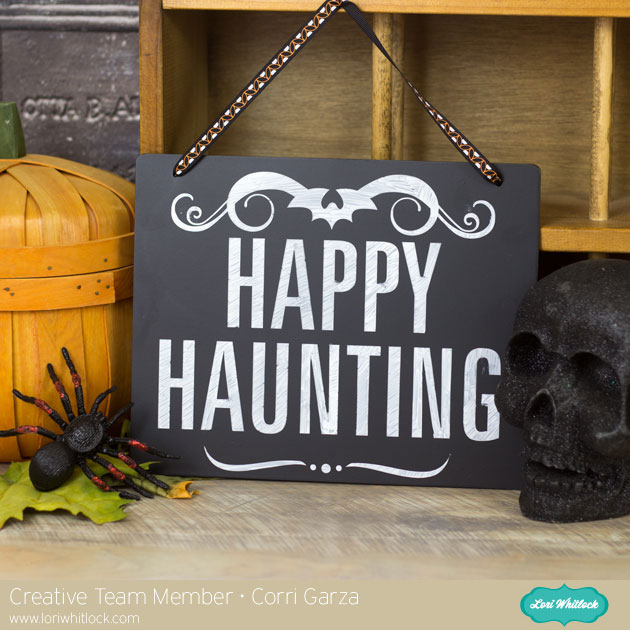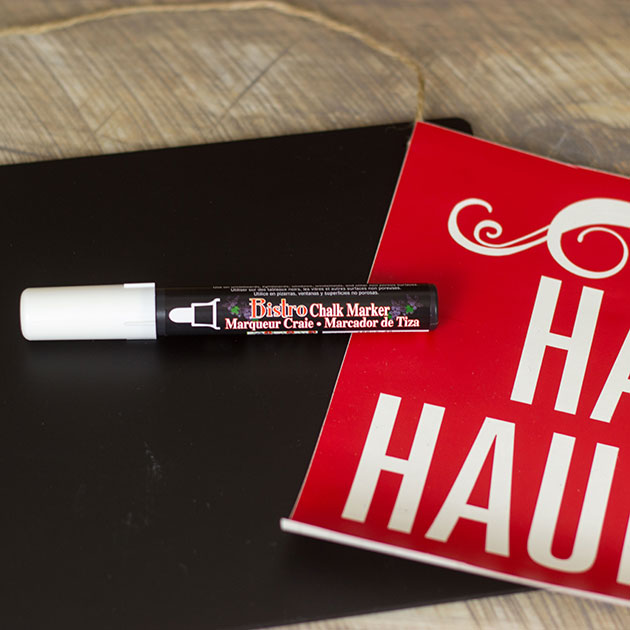
First, open up the design in your Silhouette Studio and ungroup the design, highlight the red outline text and delete it. All you have left then is the colored text with the red outline. Lori has made this so easy for us by adding the color. Of course, you could delete the colored text and created your own colors with the red outline too!
All I have to do now is change the red outline, or cut line on the colored text.

Make sure to change your page setting down to 8.5 x 11 for this printable burlap, which I found at Walmart in the hobby section. Next, reduce the design to the size you want and center it to the page.
. 
Ungroup your design again, and highlight each row to change the line color. Simply click on the color you want it to be. Some were not an exact match to Lori’s colors but they were close enough! I matched all my colors to the same color except the purple was just a shade different!

That’s it, just hit the printer setting on your Silhouette and print it out. Super fast project!

Then all you have left to do is frame it, I used an 8×10 frame. The burlap was easy to trim with my Tonic Trimmer. I added one of Lori’s Pinwheel Rosette, a bit of twine and some brads to finish it off!

Thanks for joining us today!



















